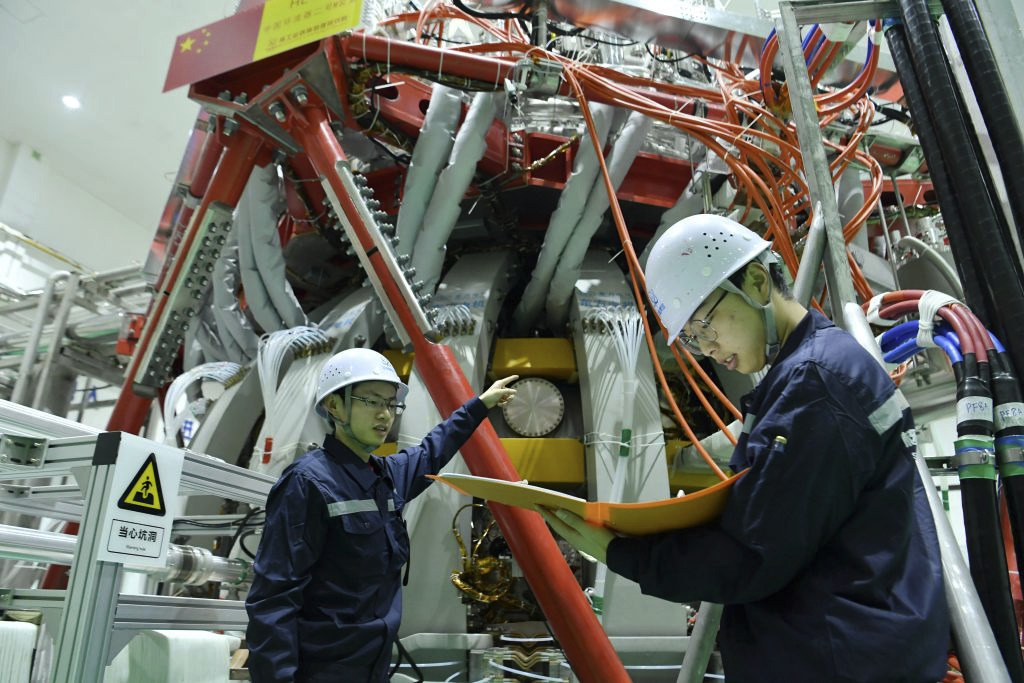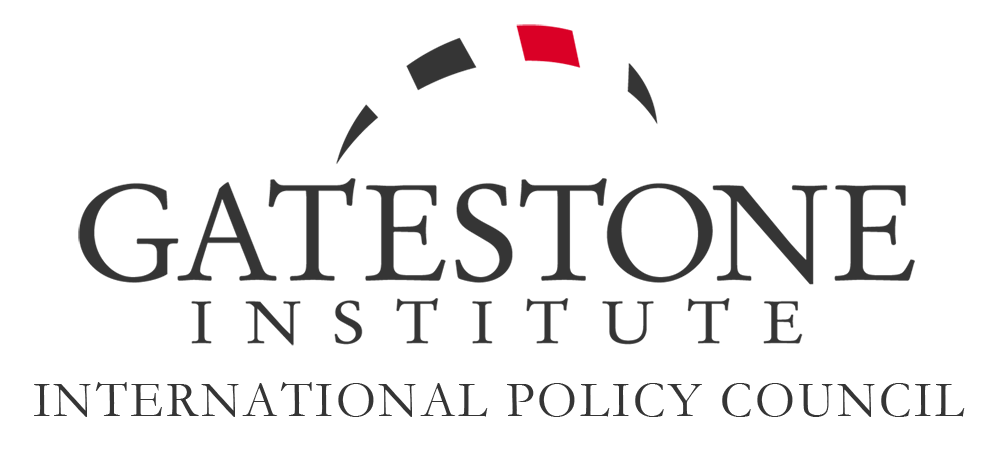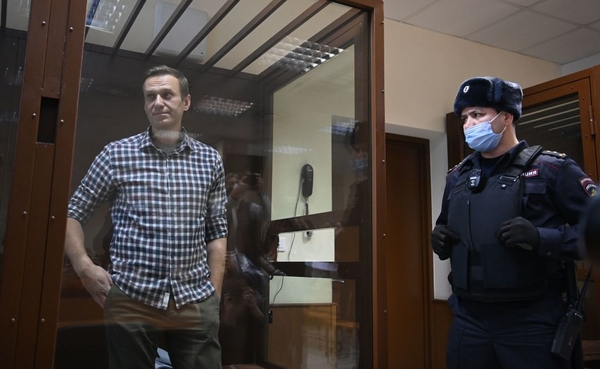
The clean energy breakthrough everyone has been wishing for finally is here! It may not be quite ready for prime time, but a quiet nuclear-fusion energy race is underway and cannot come soon enough.
The problem is that China seems to be winning it, not the United States or the West.
It is nuclear fusion -- making atoms collide, rather than splitting them, or fission -- when two atoms are forced to combine into one new atom at extremely hot temperatures. "In order for fusion to occur on the very hot gas -- or plasma," notes euro-fusion.org, "the plasma must be heated to temperatures in excess of 150 million degrees Celsius [320 million degrees F]. " The sun does it without a container -- their combined new weight comes to less than each atom had separately.
This differential becomes a burst of energy that leaves no nuclear residue while functioning as if one had in one's car a gallon of gas which could run it for 20 years. Fusion energy produced four times the power of fission energy, and when harnessed could be used as fuel for expeditions into outer space. Soon we shall presumably be able to say goodbye to expensive, combustible, warm-weather-only and not-very-far lithium batteries, and instead travel unpollutingly along on tiny bundles of captured energy.
The good news is that nuclear fusion, which is produced through nuclear reactors, tokamaks, leaves absolutely no residue.
The bad news is that -- apart from needing further development and affordability -- the Chinese Communist Party (CCP) seems already to be working at warp-speed to develop this new form of energy for commercial and other use. China's regime has reportedly allocated $1.5 billion annually to this effort, which would appear hardly enough, but is still nearly twice as much as the US is investing.
The CCP, moreover, has also reportedly been able to remove the most major drawback: a troublesome resin that impeded the fusion by lowering the temperature needed in the reactor, an impediment that was possibly overcome last month by changing the fuels and using the magnetic fields inside the tokamak -- "the device that uses magnetic fields to confine a plasma" -- to divert the plasma into a chamber the shape of a "cored apple."
In the US, entrepreneurs such as Elon Musk at Tesla and Sam Altman, CEO of OpenAI (the parent company of ChatGPT), have also been in this race to harness nuclear-fusion energy. Tesla bought SolarCity in 2006, originally to explore energy storage, but apparently also produce nuclear fusion energy. Altman took a nuclear energy company public for $500 million. One of his companies reportedly "has already secured a permit from the Department of Energy to build its first microreactor at the Idaho National Laboratory."
Meanwhile, other entrepreneurs have been exploring hydrogen-generated energy. At least for now, however, it seems that the method is carbon-intensive and converting the hydrogen into energy might still require more energy than it can produce.
Meanwhile, China, with at least three tokamak reactors, is speeding along to win the clean nuclear energy race – and its lucrative markets:
"China's Experimental Advanced Superconducting Tokamak (EAST) fusion reactor on 28 May achieved another world record by maintaining a plasma temperature at 120 million decrees Celsius for 101 seconds and at 160 million Celsius for 20 seconds, a major step toward the test run of the fusion reactor. EAST is located at the Hefei Institutes of Physical Science of the Chinese Academy of Science (ASIPP) in Hefei. It is one of three major domestic tokamaks now in operation in China."
It is intensely to be hoped that the incoming administration will not allow China to eat America's lunch.
Lawrence Kadish serves on the Board of Governors of Gatestone Institute.


